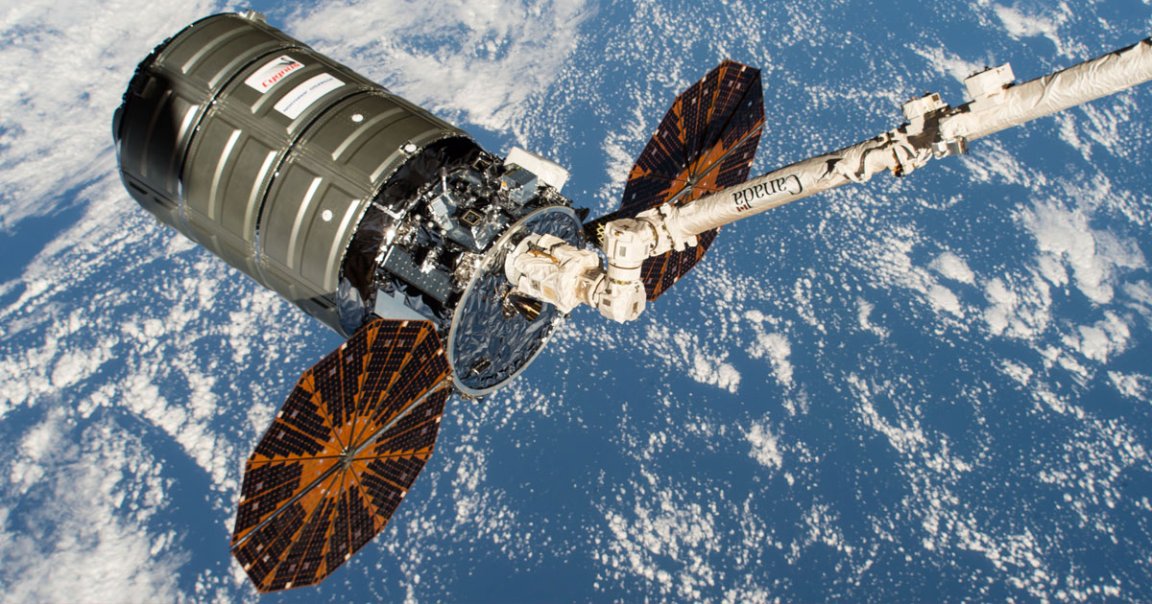
NASA is about to set a fire inside a spacecraft — without putting human lives in danger.
The specially designed space capsule, which just left the International Space Station for the blaze, is part of NASA’s Spacecraft Fire Safety Experiment (Saffire) project and the fourth iteration to explore the effects of open fire in microgravity, yielding data that could be used to keep future space travelers safe.
The Cygnus Pressurized Cargo Module, built by Northrop Grumman, resupplies the International Space Station with several tons of cargo, including experiments, food and other supplies.
After the supplies are delivered, though, the spacecraft leaves the ISS, setting the stage for the on-board Saffire experiments.
Over the last four years, NASA has used the module to burn cotton-fiberglass blends, flame retardant fabrics for astronaut clothing, and Plexiglas window samples over three missions.
On Monday, the space agency’s latest experiment, Saffire-IV, on board a Cygnus cargo module, left the ISS to begin the fourth experiment. The spacecraft is testing new fire detection systems as well as how fire spreads at sea-level equivalent levels of pressure and at higher oxygen concentrations.
“Understanding how fire behaves in microgravity, and how different materials propagate flames in space is immensely important for the development of future crew spacecraft,” reads an official description of this latest mission. “It also will help inform operational protocols for dealing with fire emergencies, particularly when astronauts do not have the ability to exit a spacecraft or quickly return to Earth.”
The benefits of the experiment extend beyond ensuring the safety of astronauts. It could also benefit “fire safety efforts in similar environments on Earth, from submarines to mines” according to NASA.
READ MORE: Cygnus cargo ship leaves space station for free-flying fire mission [Space.com]
More on fire in space: NASA IS STARTING FIRES IN SPACE JUST TO WATCH THEM BURN